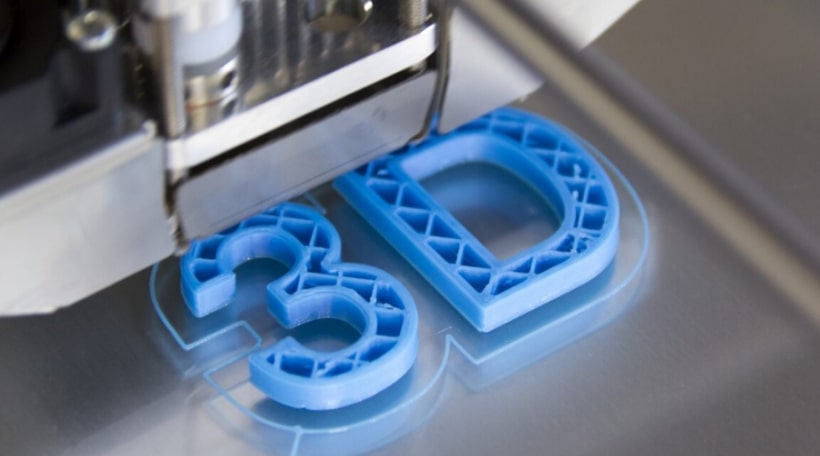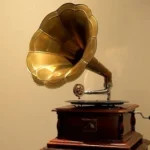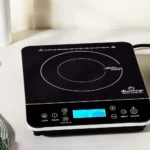
The first patent for a 3D printer was filed in 1986 by Chuck Hull, the co-founder of 3D Systems. Hull developed a process called stereolithography, which used lasers to solidify a liquid resin one layer at a time to create 3D objects. This process laid the foundation for modern 3D printing technology and revolutionized the way we create and manufacture products.
The first 3D printer, called the Stereolithography Apparatus (SLA), was developed by 3D Systems in 1987. The SLA used a laser to solidify a liquid resin one layer at a time to create 3D objects. This technology was groundbreaking at the time and has since paved the way for other 3D printing technologies.
The first commercial 3D printer, the SLA-1, was introduced by 3D Systems in 1988. This printer was used primarily for creating prototypes and was very expensive, costing over $100,000. However, it represented a major breakthrough in the field of 3D printing and paved the way for the development of other 3D printing technologies.
The term “3D printing” was coined by MIT professor Emanuel Sachs in 1995. Sachs was trying to come up with a way to describe the process of creating 3D objects layer by layer, and the term “3D printing” stuck. The term has since become synonymous with additive manufacturing, the process of creating objects by adding material layer by layer.
The first 3D-printed organ, a bladder, was successfully implanted in a patient in 1999. The bladder was created using the patient’s own cells and a 3D printer, making it a perfect fit for the patient’s body. This breakthrough represented a major milestone in the field of regenerative medicine and demonstrated the potential for 3D printing to create custom organs and tissues for patients in need.
The first 3D-printed car, the Urbee, was developed by Jim Kor in 2013. The Urbee was created using a combination of 3D printing and traditional manufacturing techniques and was designed to be energy-efficient and environmentally friendly. The project demonstrated the potential for 3D printing to revolutionize the automotive industry by allowing for the creation of custom, lightweight parts.
The first 3D-printed house was built in China in 2014. The house was created using a massive 3D printer that used a mixture of cement and construction waste to create the walls and structure. The project demonstrated the potential for 3D printing to revolutionize the construction industry by allowing for the creation of affordable, sustainable housing.
In 2015, the world’s largest 3D printer, the Big Area Additive Manufacturing (BAAM) machine, was introduced by Oak Ridge National Laboratory. The BAAM machine is capable of printing objects up to 40 feet long, 20 feet wide, and 10 feet tall, making it ideal for creating large-scale industrial parts and structures.
The global 3D printing market is projected to reach $44 billion by 2025. The market is driven by a growing demand for customized products, the need for efficient and cost-effective manufacturing processes, and the increasing adoption of 3D printing technology by various industries.
The aerospace and defense industries are the largest adopters of 3D printing technology, followed by healthcare and automotive industries. These industries use 3D printing to create custom parts, prototypes, and even entire products.
The medical industry uses 3D printing to create custom prosthetics, implants, and surgical tools. 3D printing technology has revolutionized the field of prosthetics by allowing for the creation of custom-fitted prosthetic limbs and other devices that are more comfortable and functional than traditional prosthetics. In addition, 3D printing has enabled the creation of patient-specific surgical tools and implants, reducing surgery time and improving patient outcomes.
3D printing has been used to create replacement beaks for injured birds. In 2016, a team of researchers used 3D printing to create a prosthetic beak for a bald eagle named Beauty. The beak was designed to fit perfectly over Beauty’s damaged beak, allowing her to eat and drink normally. This project demonstrated the potential for 3D printing to help injured animals and wildlife.
In 2018, a team of researchers 3D-printed a human cornea for the first time. The cornea was created using a combination of bio-ink and corneal stem cells, and could potentially be used to treat patients with corneal damage or disease. This breakthrough demonstrated the potential for 3D printing to create complex biological structures for medical use.
NASA is exploring the use of 3D printing for space exploration. In 2014, NASA created a 3D-printed rocket engine injector that was tested and performed successfully. 3D printing technology could potentially be used to create spare parts and tools on demand during space missions, reducing the need for astronauts to bring everything with them from Earth.
3D printing has been used to create custom musical instruments. In 2016, a team of researchers created a 3D-printed saxophone that was capable of producing high-quality sound. 3D printing technology allows for the creation of unique and intricate designs that would be difficult or impossible to create using traditional manufacturing methods.
The first 3D-printed prosthetic ear was created in 2019. The ear was created using a combination of 3D printing and tissue engineering, and was designed to look and function like a real ear. This breakthrough demonstrated the potential for 3D printing to create complex biological structures for medical use.
3D printing has been used to create custom-made shoes. In 2019, Adidas created a 3D-printed shoe called the Futurecraft 4D, which was designed to fit the exact measurements of the wearer’s feet. This technology could potentially revolutionize the shoe industry by allowing for the creation of custom-fit shoes for every individual.
The first 3D-printed meat was created in 2013. The meat was created using a 3D printer and plant-based ingredients, and was designed to have the same texture and flavor as real meat. This technology could potentially revolutionize the food industry by providing a sustainable and cruelty-free alternative to traditional meat.
3D printing has been used to create custom-made chocolate. In 2014, a team of researchers created a 3D printer that was capable of creating intricate chocolate designs. This technology could potentially revolutionize the confectionary industry by allowing for the creation of custom-made chocolates with unique designs and flavors.
3D printing has been used to create customized hearing aids. In 2013, a company called Widex created a 3D-printed hearing aid that was designed to fit the exact measurements of the wearer’s ear canal. This technology allows for the creation of hearing aids that are more comfortable and effective than traditional hearing aids.
3D printing has been used to create replicas of historical artifacts. In 2018, a team of researchers created a 3D-printed replica of a 3,000-year-old Egyptian mummy’s vocal tract. By using CT scans and 3D printing technology, the researchers were able to recreate the vocal tract and produce a sound similar to what the mummy might have sounded like when alive. This technology could potentially allow for the recreation of lost or damaged artifacts, allowing future generations to experience and learn from them.
3D printing has been used to create prosthetic shells for injured turtles. In 2019, a team of veterinarians used 3D printing to create a prosthetic shell for a turtle named Freddy who had lost his shell due to injuries. The shell was designed to fit perfectly over Freddy’s body, allowing him to move and function normally. This breakthrough demonstrated the potential for 3D printing to help injured animals and wildlife.
In 2019, a 3D printer was sent to the International Space Station. The printer was designed to print small items and tools on demand, reducing the need for astronauts to bring everything with them from Earth. This technology could potentially revolutionize space exploration by allowing astronauts to create spare parts and tools as needed, reducing the cost and risk of space missions.









